Five key stages of the 2019 Vuelta a España
We take a look at some of the stages that will prove pivotal in the overall fight for the 2019 Vuelta a España title
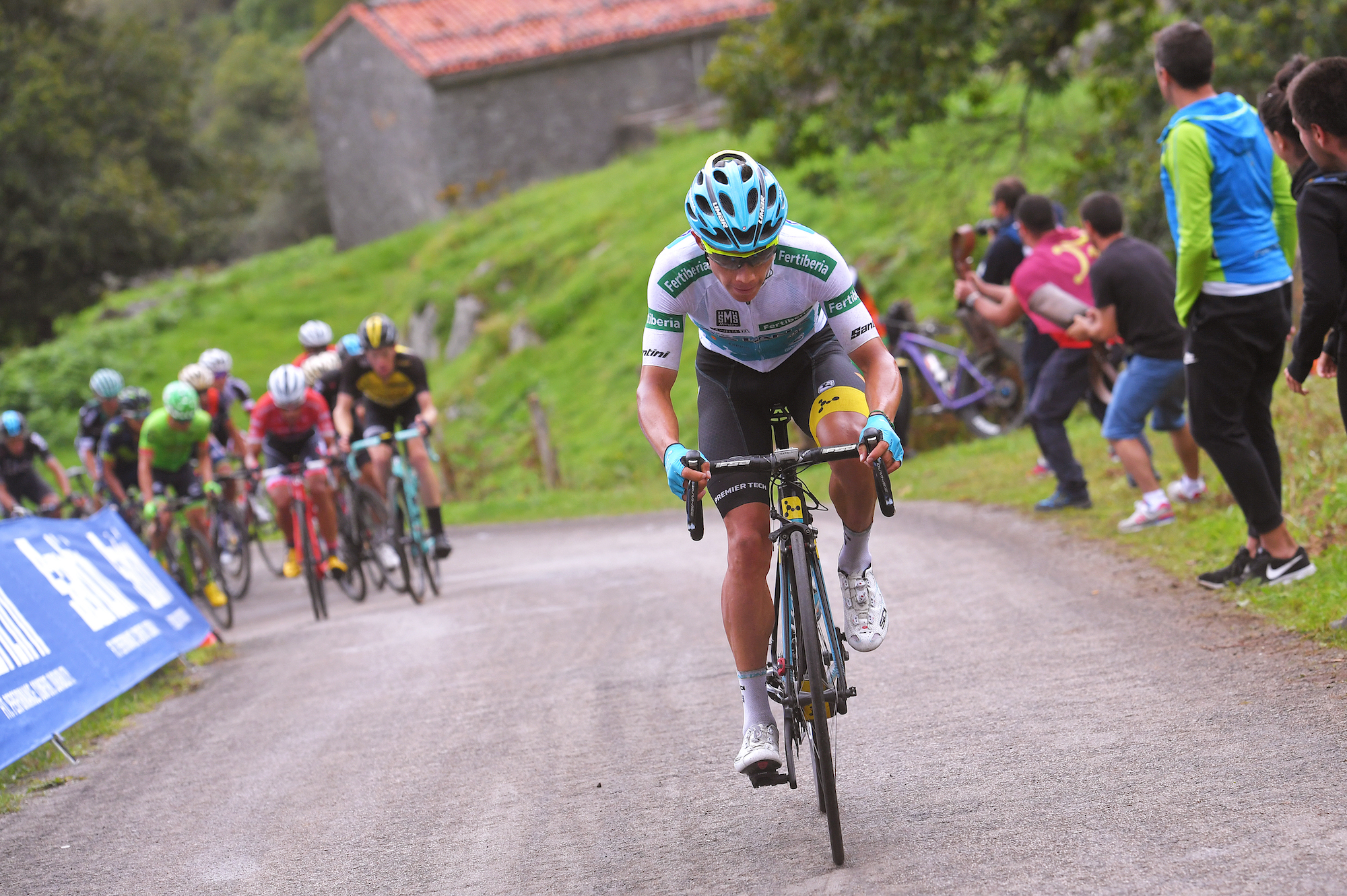
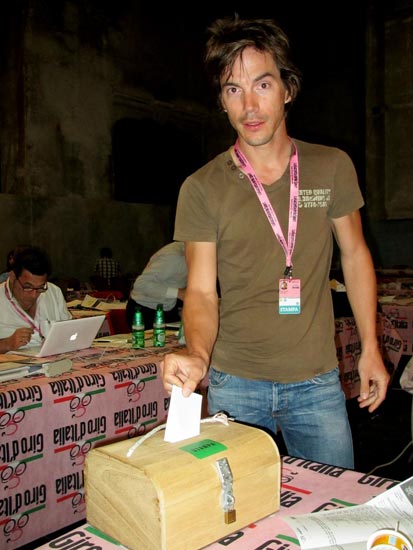
Which stages will shape the 2019 Vuelta a España general classification as riders fight three weeks for the win? The race this year includes eight uphill finishes – five of them new ones – and plenty of other important days as it travels from Torrevieja, next Saturday, to it's finish in Madrid, September 15.
We take a look at the five key stages that should play a part in determining the overall winner one year after Brit Simon Yates (Mitchelton-Scott) stood on top of the Madrid podium.
Stage nine - Andorra la Vella › Cortals d'Encamp
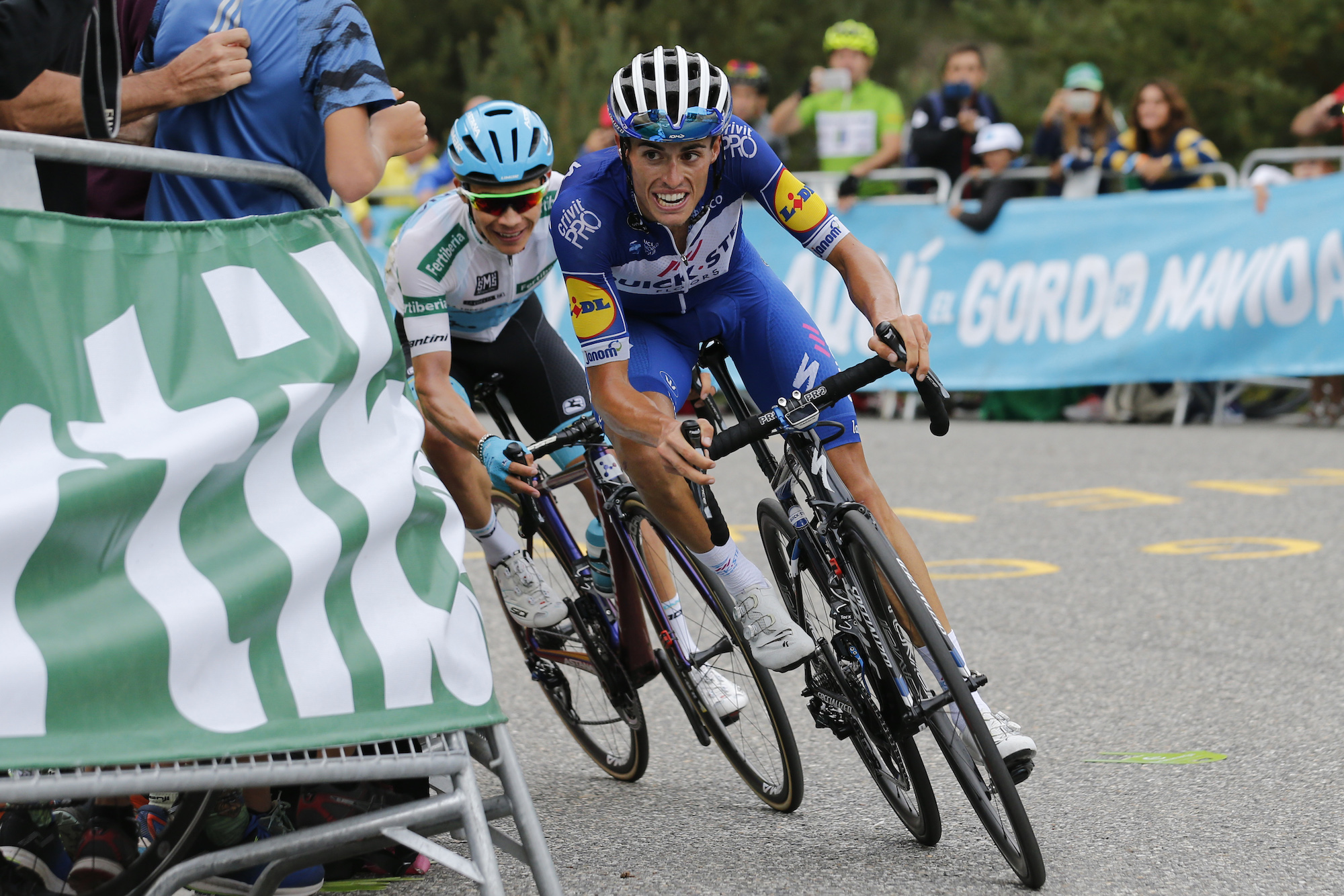
The visit to Andorra ahead of the first rest day could see the race drastically shaken up. This is considered one of the queen stages in the 2019 edition, and it's easy to see why.
>>> Vuelta a España 2019 start list: Provisional list of teams and riders
The stage – only 96km – compacts four climbs before the final. These are known as some of the hardest climbs for those professionals who base themselves in Andorra, including Egan Bernal (Ineos). They go over the hardest part of Coll de la Gallina, an especial category climb reaching nearly 2000m.
The final then includes the Coll d'Engolasters climb with a four kilometre gravel section and the 5.7km kick to Cortals d'Encamp. This push begins with sections of 11.9 per cent.
Get The Leadout Newsletter
The latest race content, interviews, features, reviews and expert buying guides, direct to your inbox!
Stage 10 (ITT) - Jurançon › Pauz
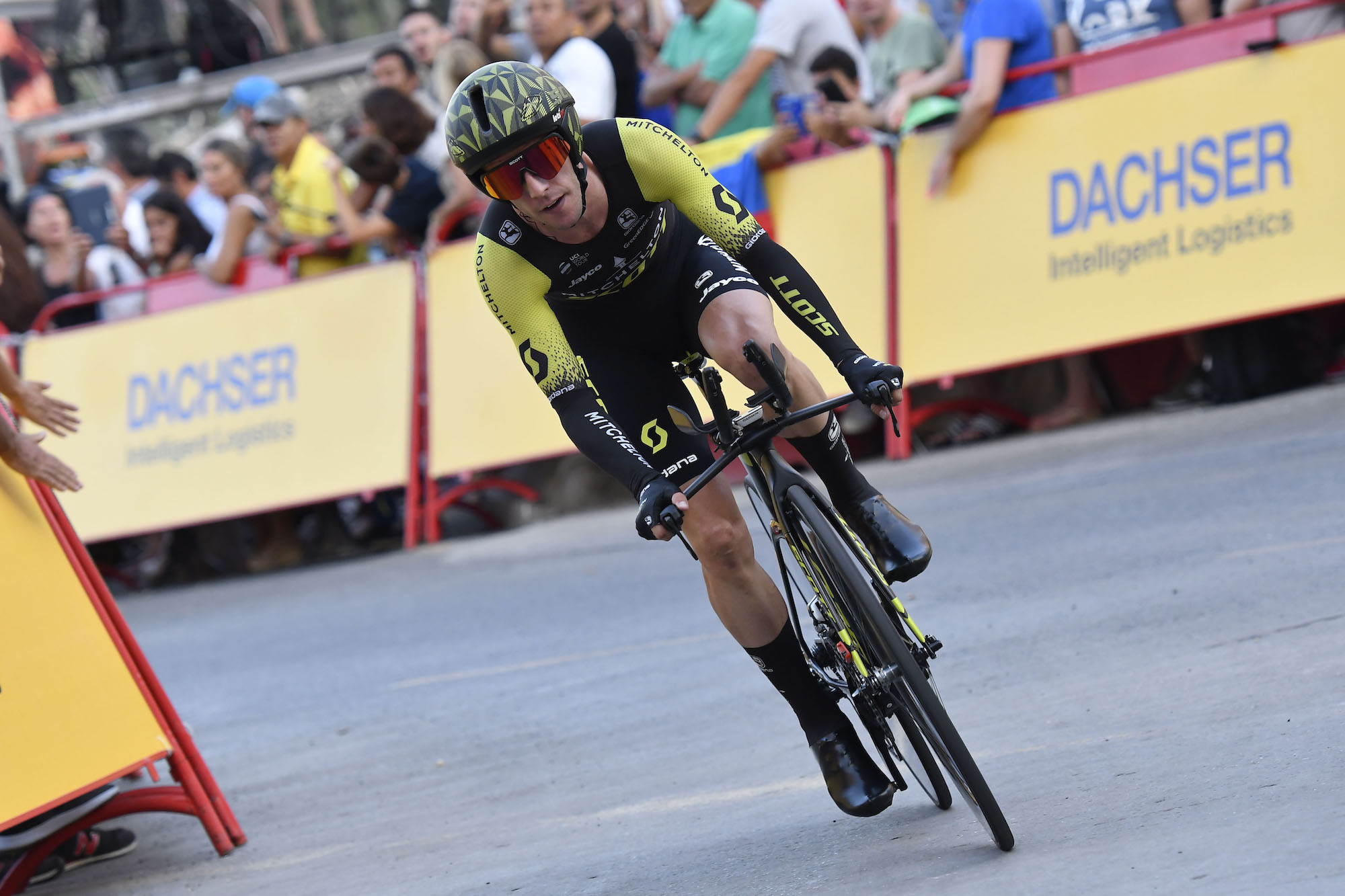
In its brief visit to France, the Vuelta a España includes its longest individual time trial since 2017 when Chris Froome won on his way to the race overall victory.
With so many mountains on tap in 2019, the 36.2km stage will offer time trial specialists a chance to make important gains. Riders like Wilco Kelderman (Sunweb) and Primož Roglič (Jumbo-Visma) will want to take advantage of this opportunity. The climbers will have to defend themselves well.
It is mostly flat, between 100 and 300m in elevation, but it's not straight at all and features a few steep bits. It will require attention to resource management in order to defend or gain time on rivals.
Stage 13 - Bilbao › Los Machucos. Monumento Vaca Pasiega
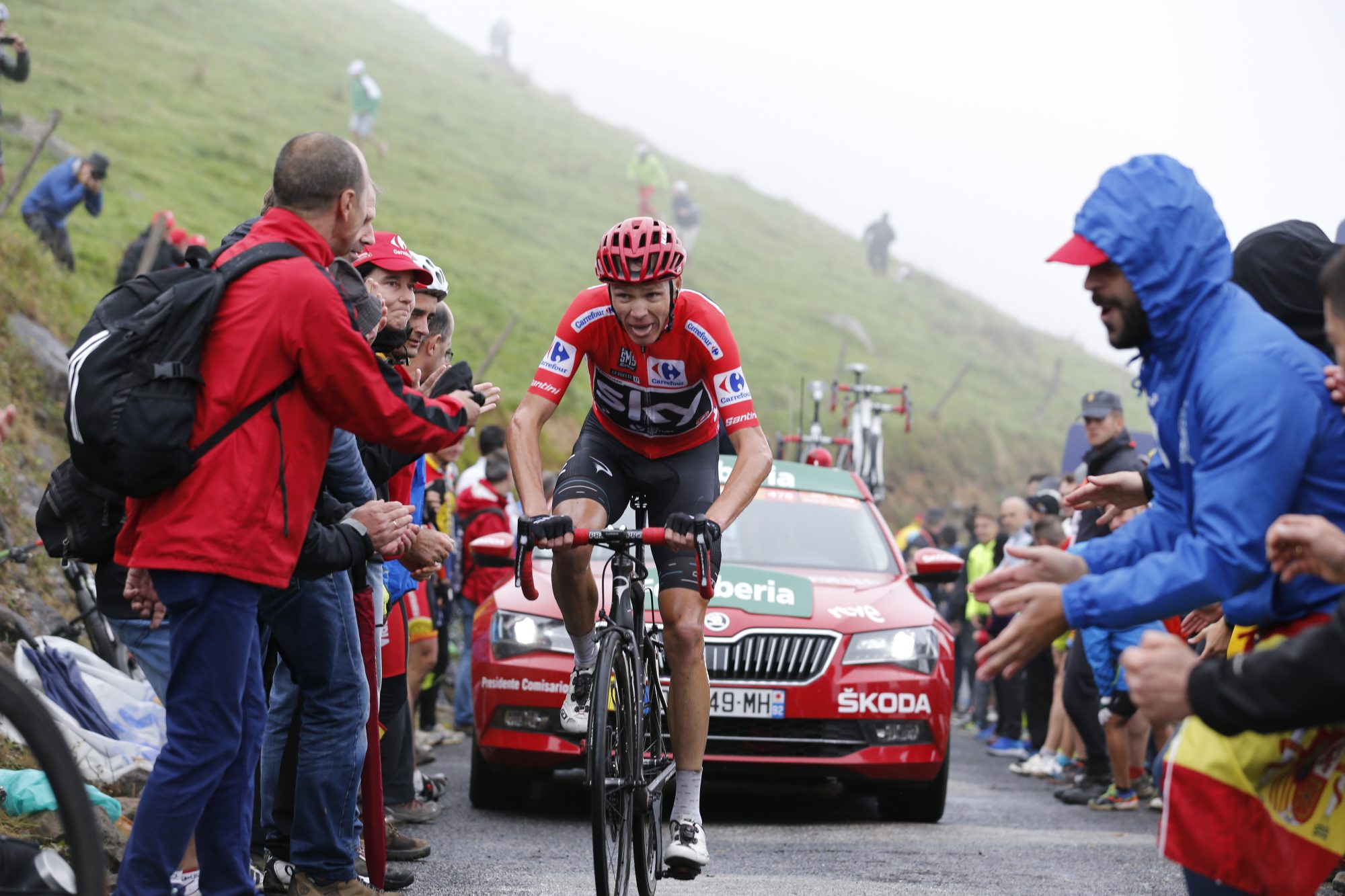
The second week travels west out of the Basque Country and through Cantabria on the northern coast. This stage packs in six smaller category climbs before the short and nasty Los Machucos finish. This short 7.2km climb reaches 30 per cent at points and in 2017, saw Chris Froome lose some footing in what would eventually be a victorious ride to Madrid.
In 2017, when the finishing climb was used for the first time, the organiser only included a couple of climbs before hand. This year, it is a technical 166.4km day. Much attention will fall on the climb but twisty roads and numerous climbs will put the leaders' teams to the test as they try to control dangerous moves.
Stage 15 - Tineo › Santuario del Acebo
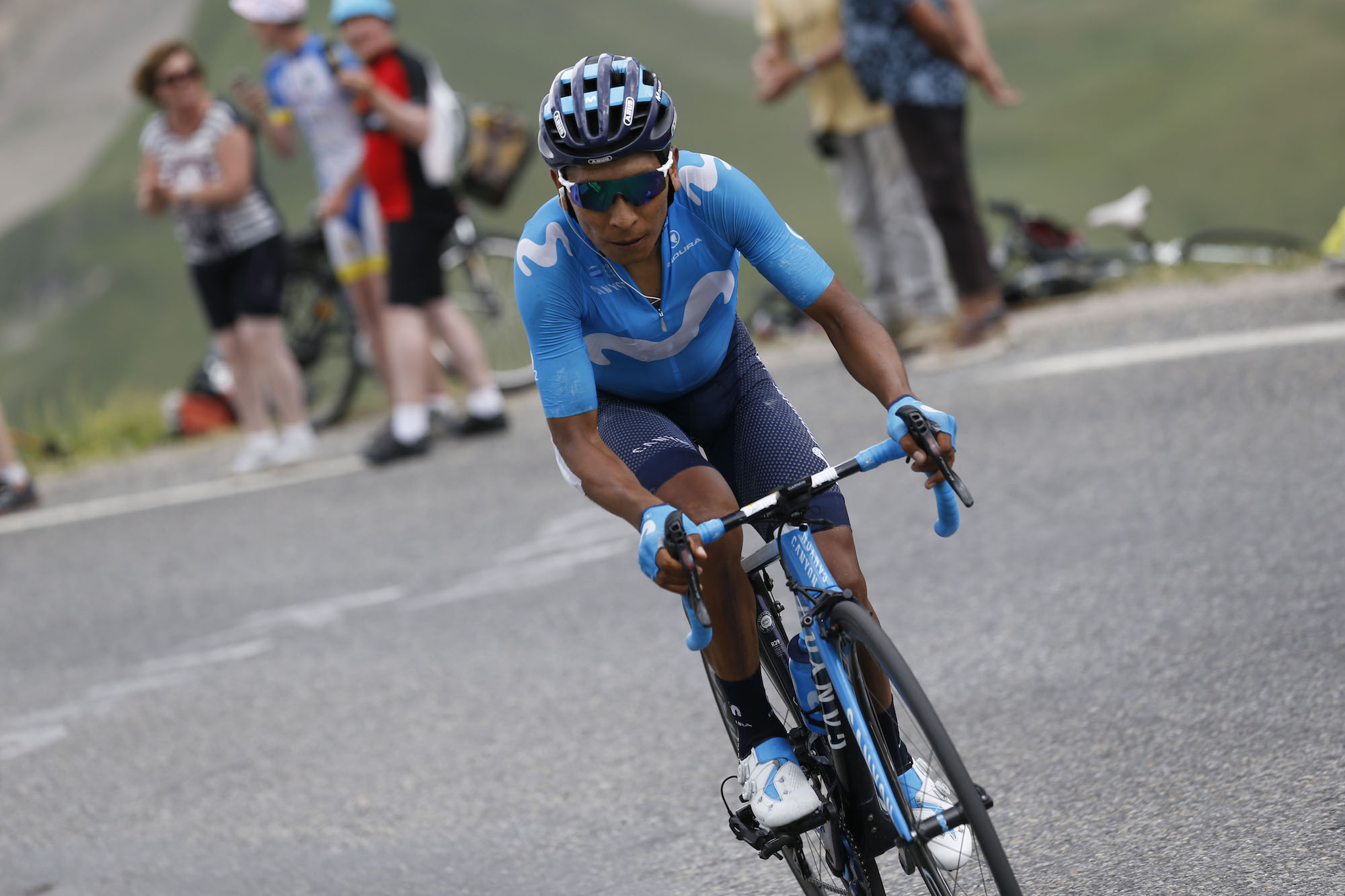
This stage is part of a three-day run through Asturias. Normally the Alto del Acebo the queen stage in the Vuelta a Asturias, but it is new to the Vuelta a España. It covers 10 kilometres at 8.2 per cent and features sections over 10 per cent. Nairo Quintana (Movistar) may draw on his past glories because here in the 2017 Vuelta a Asturias he blasted through the snow to win.
It comes after three category one climbs. The first one climbs Acebo itself, but not up all the way. Then, two of the climbs famous in this area: Puerto del Conio and Puerto del Pozo de las Mujeres Muertas. The 10 per cent Acebo sections will be familiar to those like Quintana who raced here in the Vuelta a Asturias, but even that race has never gone up this final at 1200m after a 154.4km day.
Stage 16 - Pravia › Alto de La Cubilla. Lena
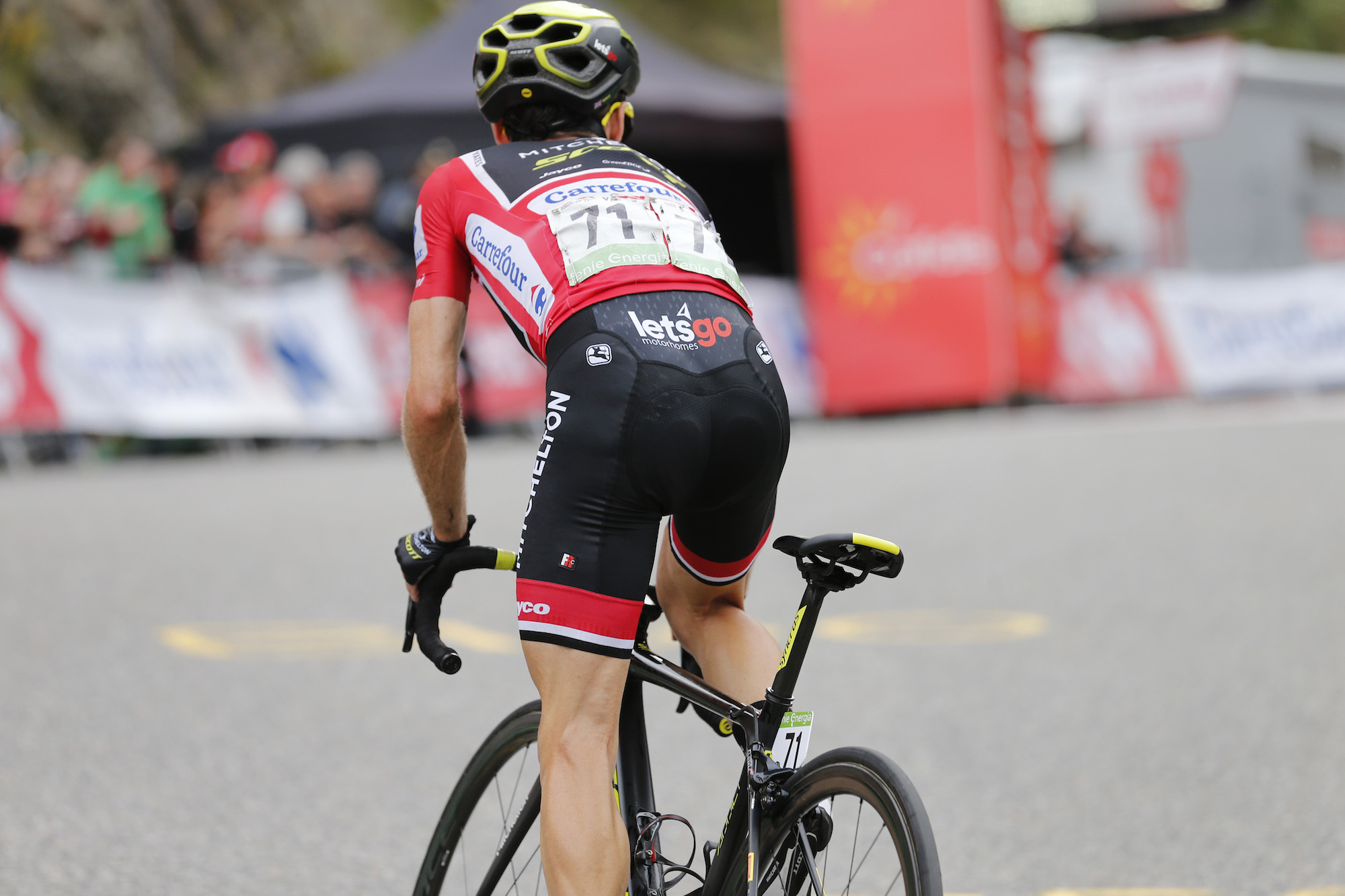
Asturias could have a large say in who wins the 2019 Vuelta a España. The second of three days here is another one of those key days for those who want to stand victorious in Madrid.
The final La Cubilla is one of the new ones. It is a long 17.8km climb and offers amazing views of the national park area. The first nine kilometres ease into the final official especial climb that averages 6.2 per cent and hits 10 per cent on its way to 1690m.
The stage covers 144.4km and those climbs beforehand will be tough. The San Lorenzo opening climb, 10km long, has two sections with 12 per cent grades. The second Cobertoria is another tough one, and then the final to La Cubilla. The winner at the end of the day, still before the race's second rest day, could seriously be considered for the final overall victory.

Thank you for reading 20 articles this month* Join now for unlimited access
Enjoy your first month for just £1 / $1 / €1
*Read 5 free articles per month without a subscription

Join now for unlimited access
Try first month for just £1 / $1 / €1
Gregor Brown is an experienced cycling journalist, based in Florence, Italy. He has covered races all over the world for over a decade - following the Giro, Tour de France, and every major race since 2006. His love of cycling began with freestyle and BMX, before the 1998 Tour de France led him to a deep appreciation of the road racing season.
-
 'It took everything' - Puck Pieterse outclimbs Demi Vollering to win La Flèche Wallonne
'It took everything' - Puck Pieterse outclimbs Demi Vollering to win La Flèche WallonneDutch 22-year-old shows Classics pedigree with first one-day victory
By Tom Davidson
-
 Tadej Pogačar flies to dominant victory at La Flèche Wallonne
Tadej Pogačar flies to dominant victory at La Flèche WallonneSlovenian takes second win at Belgian classic ahead of Kévin Vauquelin and Tom Pidcock
By Tom Thewlis